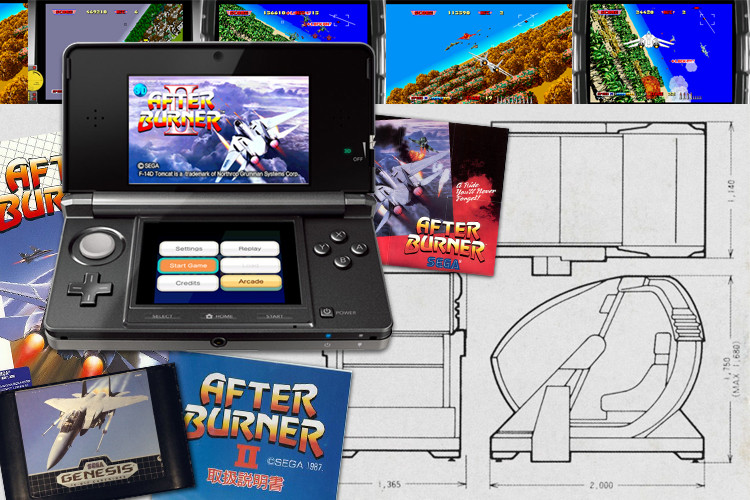
After Burner is just one of those franchises by SEGA that took American arcade goers by storm due to the sheer speed of the game, the eye catching cabinet, and its highly detailed (for the time) graphics. I truly believe that After Burner is just one of those arcade games that don’t get enough credit by gamers today, so jump into your F-14 Tomcat and blast through our After Burner retrospective. You never know, you might learn something!
Creating a Classic
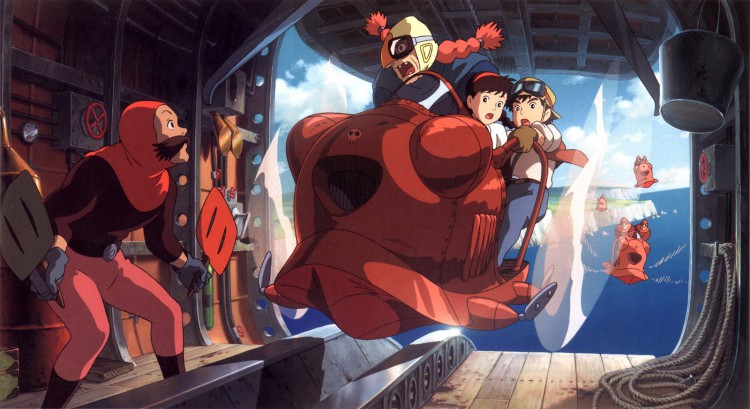
Yu Suzuki wasn’t planning on creating a jet game like After Burner at first. The After Burner arcade project started development in December of 1986 and was first planned as a helicopter game with inspiration coming from the Studio Ghibli film Castle in the Sky (天空の城ラピュタ). Yu Suzuki stated that he wanted to capture the science fiction anime feel that the film offered. All those plans changed after Yu Suzuki watched the pre-Scientology Tom Cruise in Top Gun. The movie inspired Yu Suzuki to change the direction of the game.
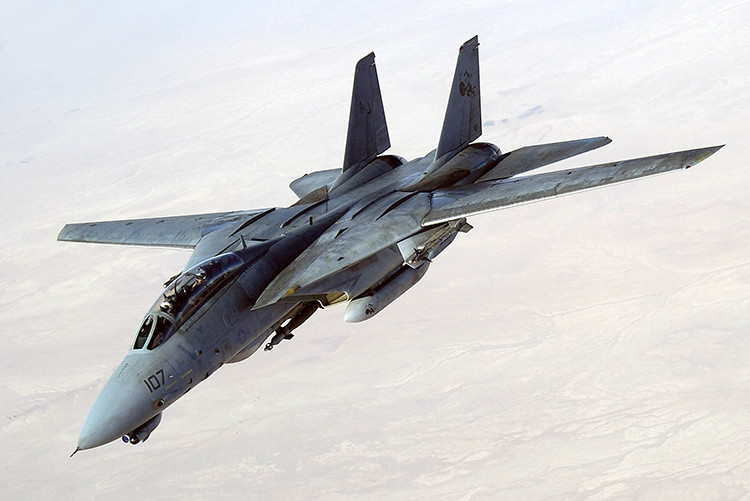
Yu Suzuki stated that SEGA’s initial plan was to have their big deluxe cabinets only in Japan, but after they got popular they where exported all over the world, so this game had to appeal to a mass audience. The game now focused on delivering more realistic graphics and included real life licensed jet fighters like the F-14 Tomcat.
After Burner is also one of the first games by AM2 on their SEGA X Board in arcades that featured not only scaling graphics but also rotation of in-game sprites, without this board a lot of the charm in After Burner would have been lost.
Releases and Sequels
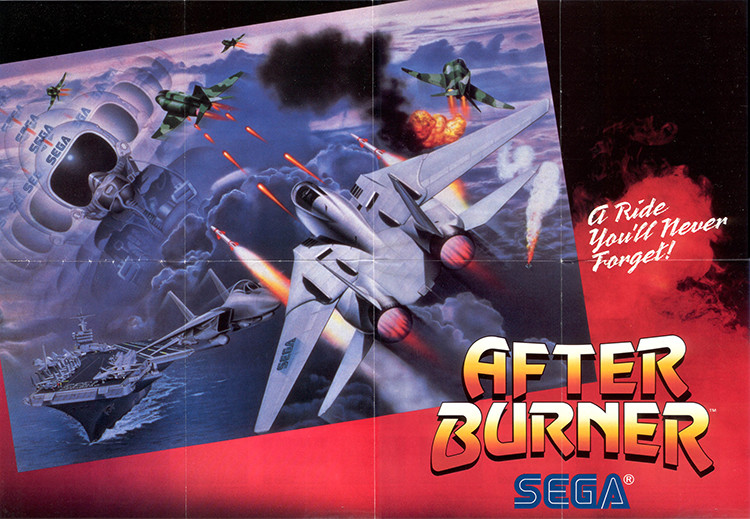 One thing that many arcade goers in America didn’t know is that After Burner, the first game, was only released in Japan. It didn’t get a worldwide release until After Burner II. Even though the name may suggest that its a sequel, it was more of a ‘expansion’ to the first game.
One thing that many arcade goers in America didn’t know is that After Burner, the first game, was only released in Japan. It didn’t get a worldwide release until After Burner II. Even though the name may suggest that its a sequel, it was more of a ‘expansion’ to the first game.
After Burner II was a hit and some of the attention it got was thanks to its hydraulic powered cockpit cabinet design, that had a very stylish look and offered an experience you could never get from a console. Since the cabinet was enclosed, spectators that wanted to see the game would have to try to peek in and this caused people to be injured and thus arcade companies added a large screen outside of the arcade to simulcast the arcade’s gameplay.
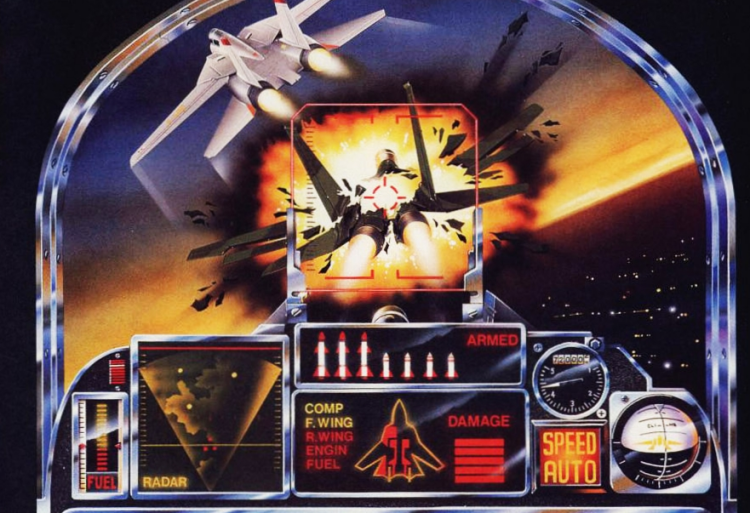
Many consider G-LOC: Air Battle (1990) on arcades to be a spiritual successor of sorts to the After Burner games, even though both games shared similarities in both aesthetics and gameplay, SEGA never advertised it as such. G-LOC would offer more slower paced, less frantic gameplay than After Burner and focus more on taking down enemies than surviving the stages.
Strike Fighter (1991) is a arcade sequel to G-LOC. This game would also be developed by SEGA-AM2 and feature similar gameplay with first person cock pit view and the ability to shoot down enemy fighting jets. This game also featured a 3rd person view if you had enemies on your tail. The game was ported to both Mega CD/SEGA CD and FM Towns computers as After Burner III (1992). The port was ill received and we don’t talk about it here.
Sky Target (1995) another After Burner spin-off that included a wide (for its time) selection of planes to play as, including our favorite F-14D Super Tomcat. The game featured After Burner like elements such as locking on enemy targets, but took out the ability to boost or barrel roll. The game would also feature the ability to choose what stage the player would like to play next, a feature that would be later used by the true After Burner sequel, After Burner Climax.

After Burner Climax (2006) in my opinion is the true sequel to After Burner. While After Burner II offered minor retweaks from the first game, I think labeling it as After Burner II was a mistake. Not only that, After Burner III was just a bad port of Strike Fighter, so that shouldn’t count considering it was never mean’t to be a true sequel to the After Burner franchise. It would only take close to 20 years for AM2 to finally deliver a sequel the game deserves.
After Burner: Black Falcon (2007) came out exclusively for the Playstation Portable system. The game was developed by a western developer Planet Moon Studios. The game offered the ability to play as three jet fighter pilots all that had their own story. This game also introduced the franchise to 8 player multiplayer matches and 2 player co-op missions.
After Burner Cameos
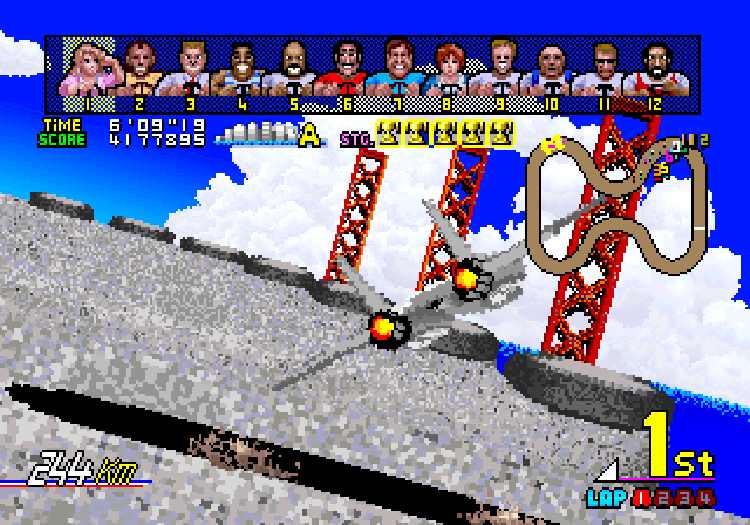
After Burner might not have had the a lot of sequels compared to other games of its age, but what we did get were fantastic games. Not only that, SEGA (and other developers) have added plenty of cameos to keep fans happy.
Power Drift (1988): SEGA-AM 2’s crazy kart racing game was a oddity compared to their past titles, but it was a really interesting title with some fun drift mechanics. Sure sometimes the game felt cheap due characters bumping you off the road, but if you stuck it out and got a high enough score you would get a bonus track and your car would morph into either the F-14 from After Burner or the motorcycle from Hang-On. Now, if only I could get my car to morph into a F-14 Tomcat.
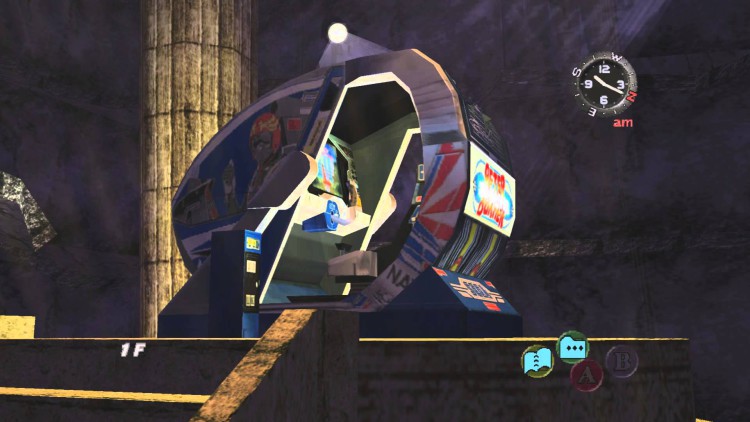
Shenmue II (2001): AM2 really went above the call by not just adding a cameo to their games in Shenmue, but fully playable games. You see, Shenmue was set during the mid-eighties when these games where hitting Japanese arcades. What better way to celebrate the legacy of your brand than adding arcades into your game and allowing the player to relive those classic moments?
Shenmue II had a vast amount of SEGA cameos and After Burner was there to join the list. From hard to capture toy capsules, full 3D deluxe After Burner arcade cabinet in Kowloon’s Phonix building, and a fully playable emulated arcade port of After Burner II? Please AM2, stop, your spoiling us.
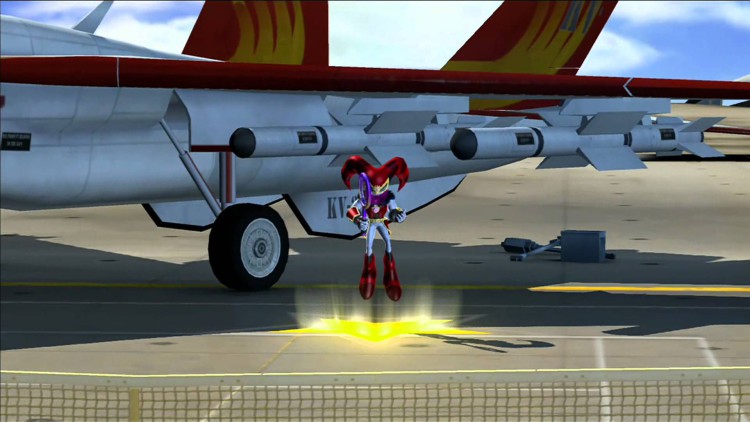
SEGA Superstars Tennis (2008): If there is one thing I love about Sumo Digital, the developer of SEGA Superstars Tennis, is that they are huge fans of AM2’s early arcade games and try to put cameos whenever possible. They did just that with SEGA Superstars Tennis which included a After Burner stage, remix tracks and even a ‘After Burner‘ achievement.
Sadly you couldn’t play tennis as a jet, which is a shame because AM2 let us fight as a car in Fighters Megamix, why can’t a jet play tennis?
Bayonetta (2009): One of the highlights of playing Bayonetta when it came out was all the nods to other games Platinum Games added, including one for After Burner with a remix song of the game’s main theme during Chapter 8 of the game.
That wasn’t the only AM2 remix the soundtrack would have, since right before they unleashed that beauty of a remix, they also had a remix of Splash Wave from Outrun. Say what you want about Bayonetta and Platinum Games, but that game had a ton of fan service.
Hatsune Miku: Project DIVA Arcade (2010): Hatsune Miku might not be the first thing that comes to mind when you fondly remember AM2 classics like After Burner, but the game actually features the main theme to After Burner with a nice stage full of flying jets set on the SEGA Enterprise docking ship.
The After Burner stage and song where exclusive to the arcade version of the game and as far as I know haven’t appeared in other handheld or console versions of the game. The arcade version even had an insane amount of playable songs, over 190. Not too shabby. We did a Tuesday Tunes covering the track, for your enjoyment.
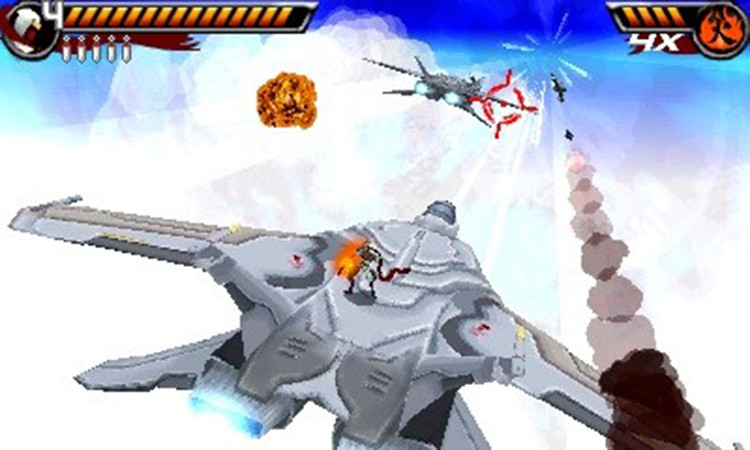
Shinobi (2011): The criminally overlooked Shinobi on the 3DS was hard and I know many people that didn’t advance past the first stage. But if you dedicated your time to master the game, advanced far enough the developer was ready to award you as a SEGA fan by having you actually fight on top of the F-14 Tomcat from After Burner.
Not only that, right when you get on it the theme song starts blaring through your 3DS speakers. Its those little SEGA fan moments that makes all the pain worth it.
Sonic & All-Stars Racing Transformed (2012): The game featured the iconic Carrier Zone as a track, but also had the F-14 Tomcat as drivable. Sadly it wasn’t its own selectable racer but a transformation of the VMU racer known as AGES. Since Transformed allows character’s vehicles to transform from a car, to a plane and even to a water vehicle; it was a perfect cameo for our Jet fighter.
When the racer AGES drives its the Hornet from Daytona USA, when it hits the water its a Dreamcast controller and when it flies in the air its our favorite fighter jet.
Notable Ports
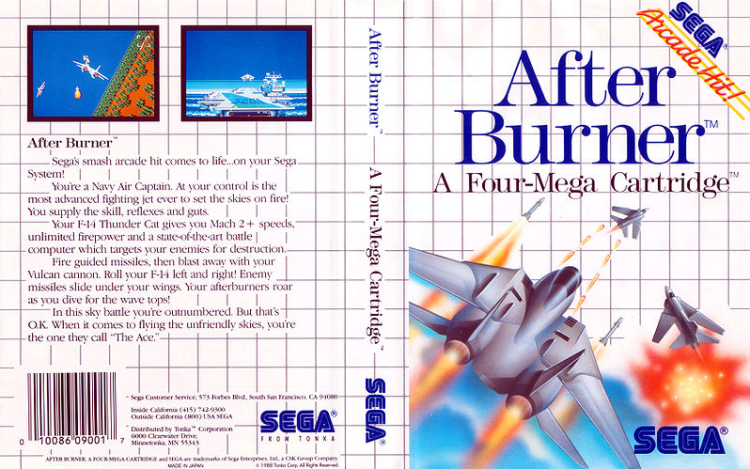
Like every SEGA arcade game that became a success, After Burner (II mostly) received plenty of ports to home consoles. One of the issues with porting a highly advanced arcade game like this was that home consoles where highly limited compared to what AM2 was able to do in the arcades. After Burner got a port on the Atari ST, Commodore 64, FM Towns, MSX, PC Engine, Sharp X68000, ZX Spectrum and on the Amiga (twice!).But these are some of the most notable ports.
After Burner on Master System: The only port of the ‘original’ After Burner came exclusively to the SEGA Master System. While the game isn’t anywhere as impressive as its arcade counter part, it is one of the Master System games to use a 4 meg cartridge.
After Burner Complete: After Burner Complete on 32X is actually one of the first times console gamers got to bring home an almost near perfect arcade port of After Burner II. The game offered smooth scrolling and the music sounded like it was ripped right out of the cabinet into our crummy tube TV speakers.
So why is it ‘near perfect’ you ask? Well, the arcade version ran at a silky smooth 60fps while the 32X only ran at half that, 30fps.
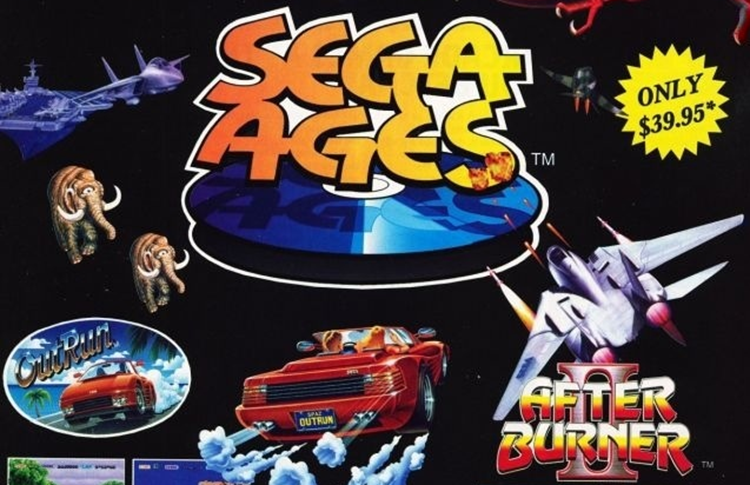
After Burner II on Saturn: Most gamers where already delighted at the ability to play an almost arcade perfect version of After Burner II on the 32x, though SEGA wasn’t done until they got the game arcade perfect. So cue After Burner II on the SEGA Saturn that featured silky smooth 60fps, extra melodic remix tracks and even the ability to control the game with analog or digital controls.
In Japan After Burner II port was released in a stand alone disc, while in America and Europe it was bundled with Outrun and Space Harrier as ‘Sega Ages‘.
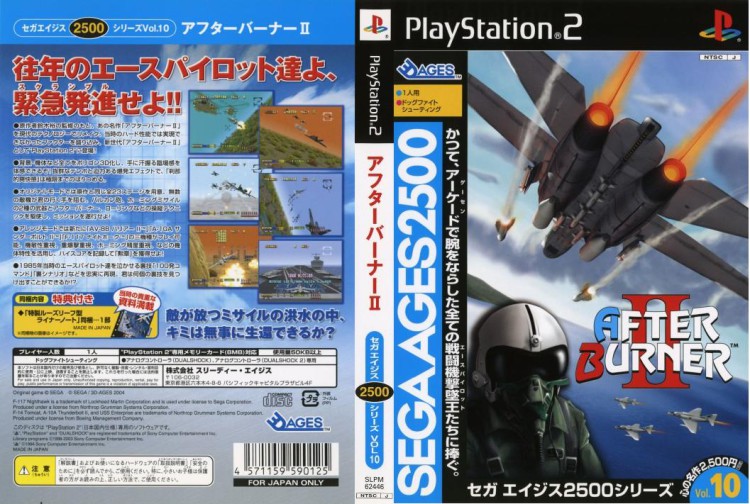
After Burner II on Playstation 2: This was part of the Sega Ages 2500 disc for the Playstation 2, unlike most of the other ports here, this one was sort of a remake since it had 3D graphics. The game kept the same gameplay as After Burner II and was exclusive to Japan, as where all the other SEGA Ages titles on the Playstation 2.
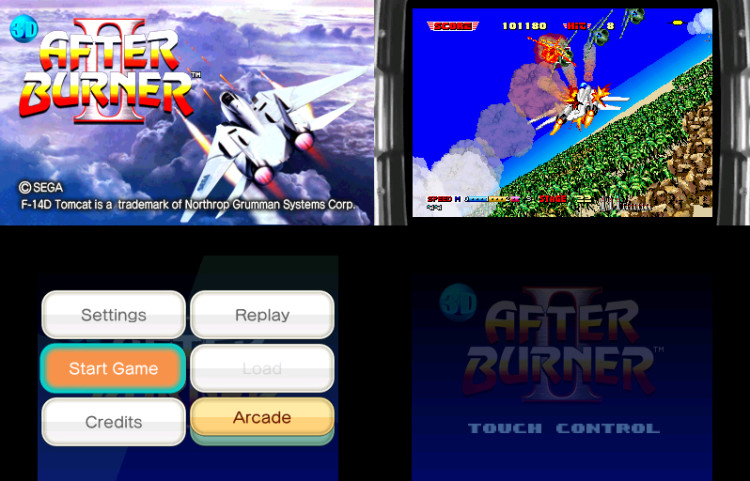
3D After Burner II on 3DS: There wouldn’t be an After Burner retrospective today if it weren’t for the release of 3D After Burner II for the Nintendo 3DS. Kicking off the second wave of SEGA 3D Classics titles, 3D After Burner II from developer M2 is an incredibly faithful release of the arcade classic. Despite being handheld, this release does a fantastic job in putting the player in the action in several ways. The most obvious is the 3D effects, which are executed very well. SEGA super scaler titles seem to be tailor made for 3D effects. In fact, this isn’t the first time 3D was implemented in super scaler SEGA titles. OutRun and Space Harrier were given 3D sequels on the Master System console (though they weren’t technically super scaler on the Master System itself).
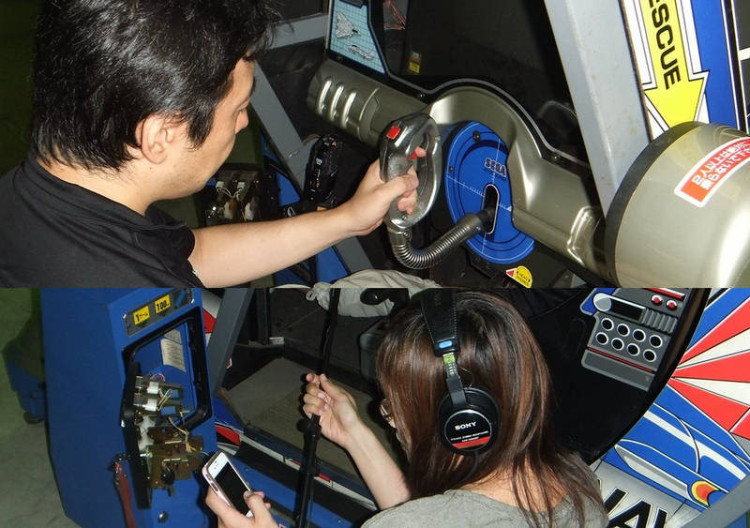
Another way in which 3D After Burner II drops players into the action is by virtually recreating the arcade cabinet experience with screen movements, cabinet graphics, and authentic sounds recorded directly from the original hardware. If you own a Nintendo 3DS, or need a reason to pick one up, you must experience the SEGA 3D Classics titles for yourself. You can learn more about the development of the game in SEGA Blog’s two-part interview – part 1 and part 2.
Get Ready!
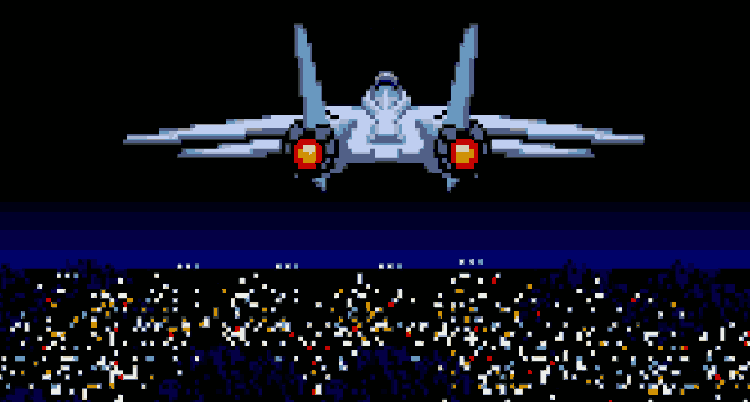
The After Burner franchise is one of SEGA’s best, and perhaps it speaks to the quality of the original and its upgraded sequel that despite being one of SEGA’s older IPs, we have not seen so many sequels as we’ve seen remakes and ports of the two originals. While After Burner Climax successfully brought the series into the world of 3D graphics, SEGA’s 3D Classics successfully brings the original classic into the world of 3D viewing. So why not celebrate the release by hitting the 3DS eShop to relive some classic SEGA memories?
Learn more about SEGA’s past by checking out our SEGA Retro wiki
Ad:

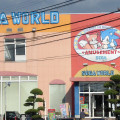
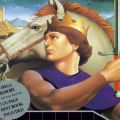

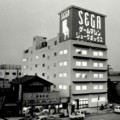
I remember cameo in Segagaga in the form of a special attack, but SGGG provably had cameos for all sega games lol
Found it, end of the video, but it doesn’t hurt to watch the entire video if you are a sega fan: http://youtu.be/_v5wGrXU1jo?list=PLWJwn_Jfs70i5w56j05t-fiWljhtSZ3Hw
Great history on the After Burner. Yu Suzuki released so many great games, and his decision to go outside Japan is a gift to us all. Imagine having to miss out on all these great games. Nice that the legacy goes on in different gaming platforms.